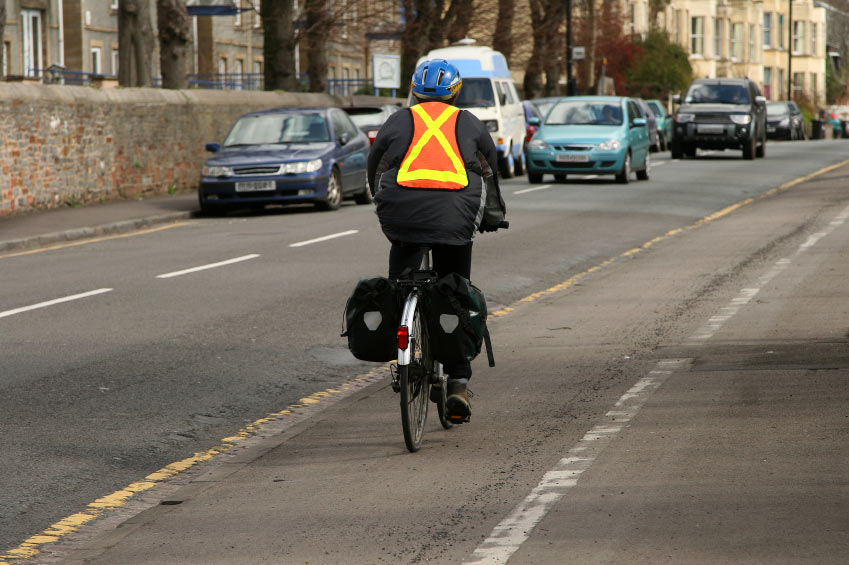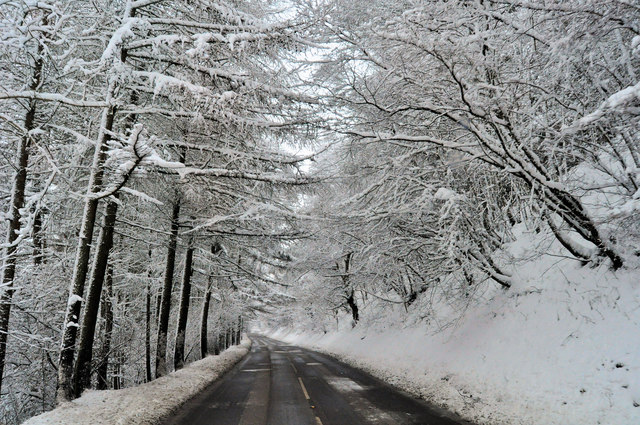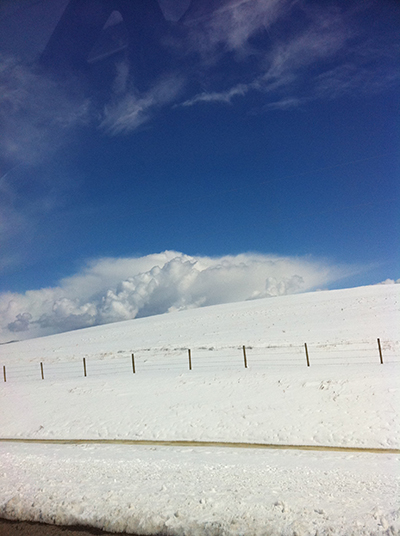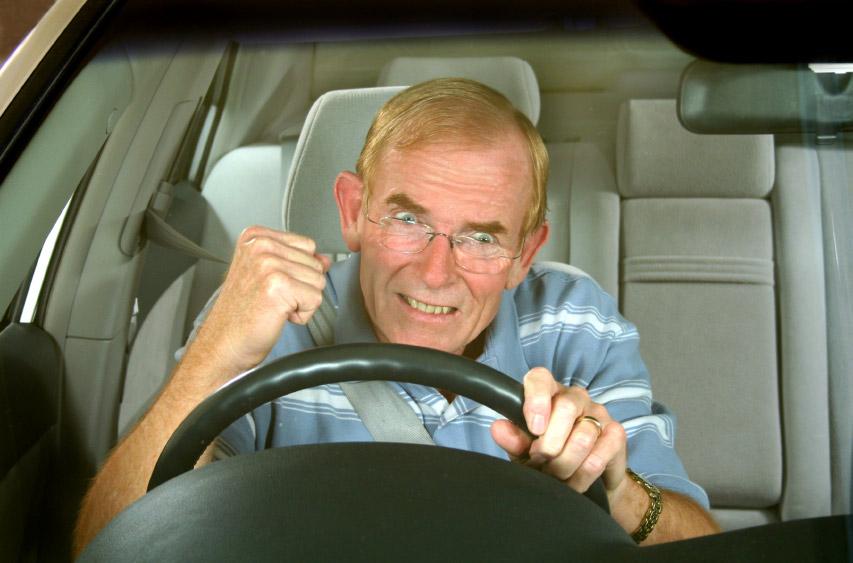The original seatbelt was invented in 1885 as a way to keep people being raised or lowered off the ground safe. In 1911, Benjamin Fouilous attached one to his saddle while riding his horse. If you’re thinking “that seems like it might backfire”, you may be right, but innovation has to start somewhere. Things really picked up in the 1950s when Dr. Hunter Shelden helped create the retractable seatbelt. This technology was debuted in cars by the Swedish company Saab. I know, quite the Saab Story.
Seatbelt Use Around the World
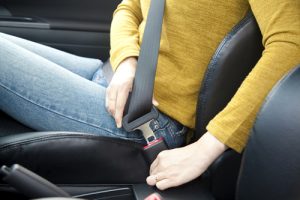 Seatbelt use is more popular in some countries than others. It is hard to pin down the exact reasons for this difference. Some people think the differences might have to do with education. Some people think different attitudes to safety or driving cause the issue. Some people think there is a difference in the number of seatbelts in vehicles that create the difference. A lack of education might be a good bet though. It seems as though some people have assumptions about wearing seat belts that do not hold up to the facts.
Seatbelt use is more popular in some countries than others. It is hard to pin down the exact reasons for this difference. Some people think the differences might have to do with education. Some people think different attitudes to safety or driving cause the issue. Some people think there is a difference in the number of seatbelts in vehicles that create the difference. A lack of education might be a good bet though. It seems as though some people have assumptions about wearing seat belts that do not hold up to the facts.
One myth is that it isn’t necessary to wear a seatbelt if you are sitting in the back seat. This is not true and a dangerous assumption according to the American Center for Disease Control and Prevention (CDC). In fact, more people are injured who sit in the backseat for the sole reason that they are less likely to wear a seatbelt. Countries like Japan and Italy see a significant drop off when comparing front seatbelt usage and backseat. Japan’s drops from 98% to 68%, and Italy drops from 64% to 10%. Canadians, on the other hand, should be proud! Canada and Germany are the countries who do best with seatbelt compliance. In Canada, 92% wear their seatbelt in the front seat and 85% in the backseat. In Germany, 94% of people wear seatbelts in the front seat, and 90% of the time in the backseat.
Maybe an education campaign about backseat seatbelt use would be helpful in the countries that have poor compliance. Or maybe the law should step in and make it illegal to travel in a vehicle without a seatbelt.
How to Prepare for a Driving Test
Some Simple Effective Hints
Driving tests can be really stressful experiences. Here are some tips to help you get through your driving test and on the road!
First thing to remember is that there’s a written portion to the driver’s test. Your local registry or DMV have booklets to help you study. In Alberta, a learner’s license is called a class 7. You can also go online to the Government of Alberta website for the booklet and practice tests. Remember to not take the written portion of the test lightly, if you fail you’ll often have a waiting period before you can take the test again, and you’ll be out the testing fee. If you have a friend or parent to help you study, have them quiz you over the rules of the road, so you know that you’re prepared for the test.
Depending on where you live, you’ll usually have to get a learner’s permit or have some sort of driver’s education before you can take the test. Look on your local DMV’s web site to see what kind of steps are necessary in getting a license.
Next, sign up for a beginners driving course and in-vehicle lessons with an excellent and experienced driving school like Derek Brown’s Academy of Driving. You’ll learn from experts who know everything you need to know to become a safe and skillful driver and pass your your driving test with ease.
First start with experts, and then practice, practice, practice. In between classes get extra practice. Do you have a friend or a family member that is really calm behind the wheel? Have them teach you how to drive. People who feel calm and collected on the road and in traffic, will help you stay calm and collected in traffic.
Make sure to practice in all sorts of driving scenarios. You’ll need to learn how to drive on the highway, freeway, in busy traffic, at night, and in any other scenario you can think of before you’ll be confident on the road.
Remember to practice your parking. Here, again, it’s good to have a knowledgeable friend or family member help you out. Do you know someone that pulls into a parking spot perfect every time? Have them help you learn how to park.
Remember to remain calm about driving. If you need more practice to be calm and safe on the road, that is perfectly okay. Do not feel like you have to prove anything on the road. Driving is for getting from point A to point B safely, that is it.
At a quality Calgary driving school like Derek Brown’s Academy of Driving, we have driving classes, in vehicle and simulator training that will make getting a driver’s license much easier.
How to Drive with Cyclists
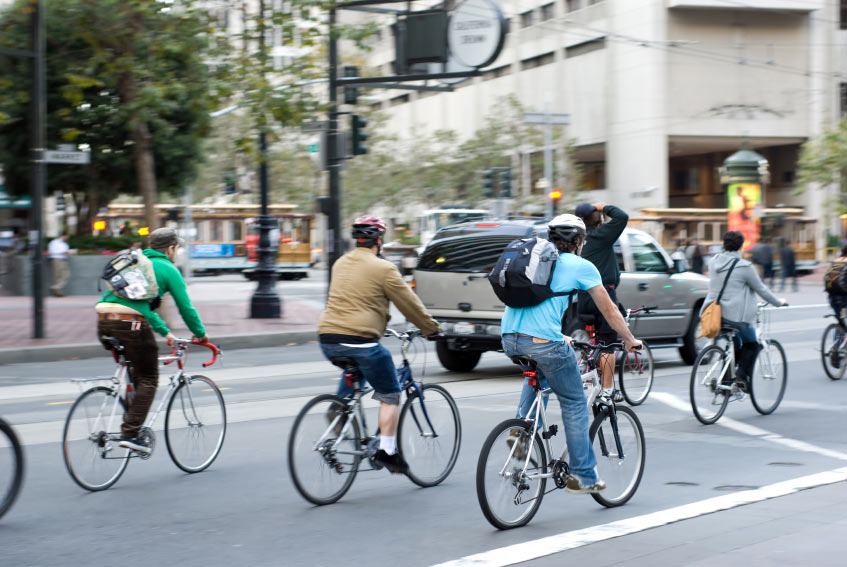 Cycling has become much more popular in recent years. Bike lanes are being added to the streets of a lot of cities as lots of people hop on the bike to head into work, rather than take their car or public transportation. But many of us never learned how to drive with cyclists next to us in a manner that allows both you and the cyclist to remain safe. Here are some tips for driving around cyclists.
Cycling has become much more popular in recent years. Bike lanes are being added to the streets of a lot of cities as lots of people hop on the bike to head into work, rather than take their car or public transportation. But many of us never learned how to drive with cyclists next to us in a manner that allows both you and the cyclist to remain safe. Here are some tips for driving around cyclists.
You should always be conscientious of opening your door when you’re exiting onto the street, especially if it is in a bike lane. Cyclists often get surprised by doors on the street or in bike lanes and cannot avoid hitting them. So, in order to preserve their bike and person and your car door, always take a look in your mirror and behind you before exiting. Honestly though, you should really be doing this anyway as to avoid being taken out by a car.
Make sure to think about how you are going to pass a cyclist. Nobody expects you to drive the whole time behind a cyclists doing 15, but you do have to wait until it’s a good idea to pass. Ask yourself if there’s enough space, if there’s a stop coming up that will make it so you have to pass the cyclist multiple times, and whether the cyclist is aware of where you are in relation to them.
Just like with pedestrains in a cross walk, try to make eye contact with them so you know that they see you and you see them. Never assume anything about the cyclist’s knowledge of you and your surroundings.
That said, you’ve probably made assumptions about how cyclists will behave on the road, and cyclists do the same to you. So do you best to drive predictably to increase the odds that the cyclist will make the right assumption about your driving.
Try to be in the know about your locations laws about driving around cyclists. If you do get into an accident with a cyclist and found to be at fault, that could lead to a lot more problems in your life.
If you aren’t a cyclist, talk to a cyclist buddy about what it is like to be on the road with cars. It may give you a new perspective about what it means to share the road.
These are just some of the our driving school’s tips for driving around cyclists. Always remember to stay safe and viligant on the road.
Hate Bike Lanes? Confused about How to Drive near Cyclists? Read this.
Bicyclists have the same rights and responsibilities on Calgary streets as you do driving your car or truck. That’s the way it’s always been. Today, the big difference is there are a lot more bicycles on Calgary’s streets and their numbers are rising which can make it frustrating for motorists. What’s more, the city is encouraging them by painting special bike lanes on Calgary’s streets.
So, what to do? There is only one solution: share and share alike.
Okay, so you wish someone would inform the bikers of their obligations; but that job is for someone in the peddling community.
Drivers need to be specially conscious of their rights and obligations because their vehicles are a lot bigger and faster than bicycles and if bang comes to boom they are most likely to be the one standing in front of the judge.
A city spokesman has laid out the following rules: Cars and trucks must stay out of bike lanes when there is a solid line designating the lane. At corners where drivers may make a right hand turn crossing the lane the solid lines become dashes allowing them to cross the lane. However, it’s still the bikers lane and you must first shoulder check to ensure no one is peddling up on your right. If bikes are in the lane you must yield to them before you cross.
Bikes are so much slower than motorized vehicles that this can be very frustrating, particularly if you are behind other cars also waiting for the lane to clear. That’s the way it is, though, so it’s best to be prepared. First suggestion: get a map and find out where the bike lane streets are and avoid them, especially during high traffic times. When you find yourself on such a street try to plan your right hand turns or, better yet, work out a way to get where you’re going using a left hand turn. This is only practicable on one way streets, however.
When there are no designated bike lanes they are supposed to peddle in the regular lanes with the cars and trucks, but nobody really wants them to do this. Drivers hate it when bikers peddle along between lanes and it’s particularly infuriating when traffic is backed up. Designated bike lanes should reduce this especially if police ticket bicycling offenders.
So, there it is. Bicycles are here to stay so get used to them. Remember instructors at Derek Brown’s Driving Academy know all the ins and outs of driving Calgary’s busy streets. Its defensive driving course shows you how to operate you vehicle safely at all times, including how to avoid bicycles.
Want to drive more safely on Calgary roads? Take our defensive driving class.
How to Drive in Snow
Every year it seems people have to learn again how to drive on snow and ice. Inevitably the first snow and freeze brings spinouts, rear enders and even pileups as people continue driving as though it were still August.
You don’t have to be one of those people. First, be ready when winter arrives. Have your car tuned up, mount your snow tires and make sure your car is stocked with emergency equipment. This includes a flashlight with extra batteries, blankets and extra coats, appropriate boots, an ice scraper, an extension cord for plugging in, jumper cables and warning devices.
When it comes to driving be sure to go slowly. Just as important, always ensure there is enough distance between you and the car ahead to stop. Watch for pedestrians along roadways and corners and remember some may cross in the middle of a block. Antilock brakes will keep your car moving in a straight line, but if there is a pedestrian or another car in that line you will likely hit them.
Stop at least every two hours if you are driving long distances. Get out and walk around four at least ten minutes. Switch drivers if possible. Of course, never drink and drive. A bit of alcohol may not result in you weaving around the road, but it will reduce your reaction time enough to get you or someone else killed.
At Derek Browns Driving Academy we can help you learn to drive in snow.
© Copyright for top photo andy dolman and licensed for reuse under this Creative Commons Licence
Deal with Rage before it Occurs
Road Rage
Most people seldom rage against the actual road. Usually it is other drivers, the police, construction work; and, occasionally, back-seat drivers that make us glower with rage.
Indeed, there are roads that induce rage. A typical example is Calgary’s Blackfoot Trail where it merges with Deerfoot Trail. Where else in the world is it necessary to post signs reading: All Drivers Have Equal Right to the Road; Get Ready to Merge; Leave a Space for Cars to Merge, etc. But these are directed primarily at discourteous drivers refusing to make room for merging traffic, not the road itself. Yes, these trails could have been better designed, but that’s the government’s fault, isn’t it. But, if you let yourself stew over bad government you’ll be in a rage 24/7.
The best thing to do is to deal with rage before it occurs. When you get into your car think for a moment about what could happen as you drive. Someone is likely to cut you off; you may cut someone else off when you almost miss your exit; you could receive a at single finger salute; and, you might be tempted to give one yourself. Decide that you are not going to respond in kind and, more important, that you won’t initiate the action. Be calm, relax and drive accepting whatever happens as part of life on the road.
You will arrive cool and collected perhaps able to have a chuckle over what fools some people are.
Another way to prevent road rage is to go to a driving school and learn how to deal calmly with all driving situations.
Derek Brown’s Academy of Driving is a Calgary Driving School.
Great Video on Parallel Parking
Here’s a wonderful video about parallel parking that makes parallel parking a breeze.
If you’d like more help learning how to parallel park and learning how to drive, check out our driving school.
How to Parallel Park
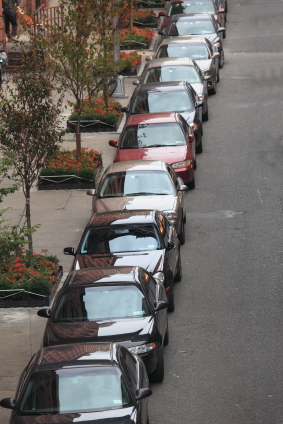
Parallel parking was once the prime fear of every driving test victim. Not any more. What with power steering, automatic transmission, rearview cameras, ever greater efficiency of car design, and a greater number of parking lots, it is more easily accomplished and less often used by today’s drivers. Nonetheless it remains a skill well worth acquiring.
It seems counter intuitive but the easiest, most efficient and safest method is to begin by backing into the selected space. Nosing in requires a lot more backing and filling accompanied by head twisting, shifting and, usually, a lot of cussing. Remember people are watching and laughing.
So, here it is. Pull up exactly parallel to the car parked in front of your selected space; shift into reverse; place your right arm along the top of the seatback (no rear view mirrors!); look directly back through the rear window and ease your car back into the space making sure you don’t hit the curb or the car parked behind you. Next, shift into drive, crank the steering wheel toward the curb and ease forward remembering to keep an an eye out in both directions. There you are, easy and done. Remember speeds greatest enemy is haste. Take it slow and you’ll finish faster and safer.
Okay, so nobody has been injured or killed parallel parking. (At least it’s rare enough to be ignored here.) However a dinked bumper can cost more than $1,000 and you are responsible for all cars damaged. That can result in a heart attack or stroke and not a little embarrassment.
Want to improve your parallel parking or other driving skills? Derek Brown’s Driving Academy can help. Take a course or in-vehicle lesson.
How to Drive in Snow Video
Here’s a short video on how to drive in snow. The main points are this:
1. If roads are really icy or snow-covered don’t go out unless you really have to.
2. Slow down.
3. Don’t tailgate.
4. Don’t brake on curves.
Now watch it yourself.
If you would like to learn how to drive on snow or practice driving on snow with an expert, visit our driving school.



